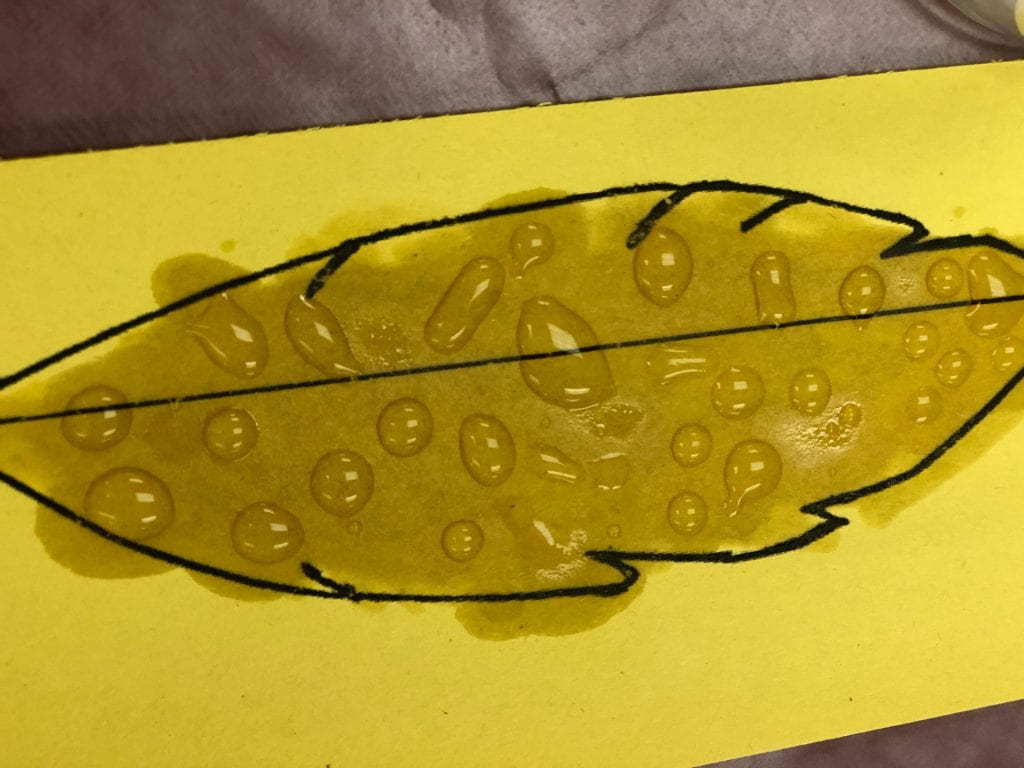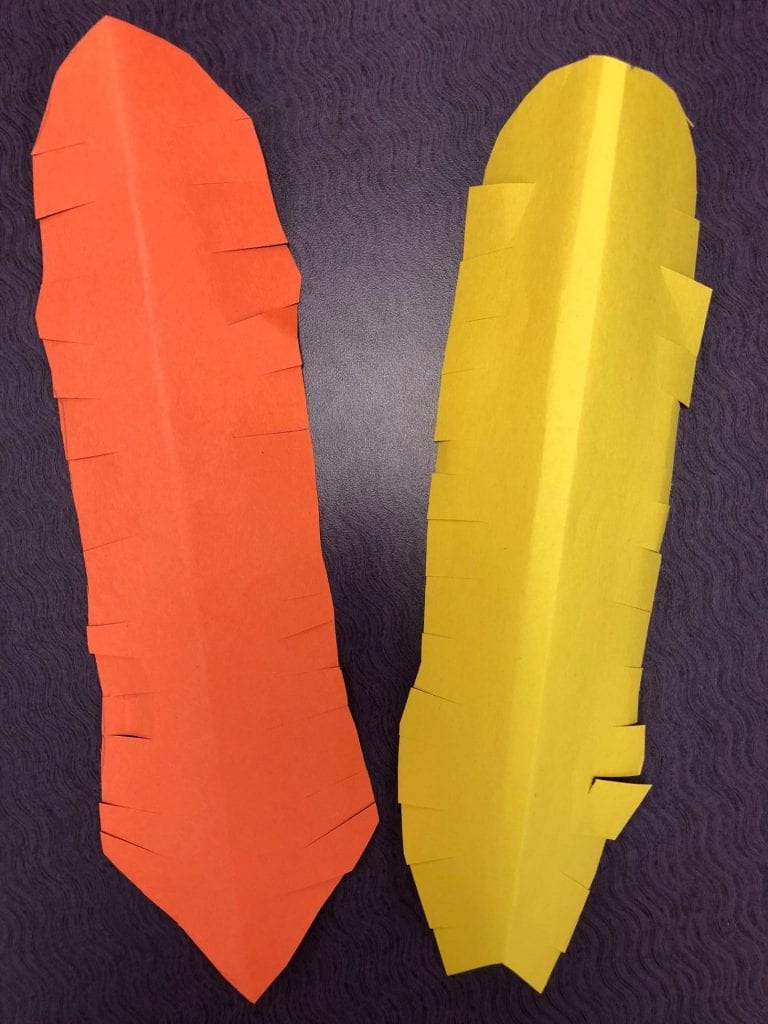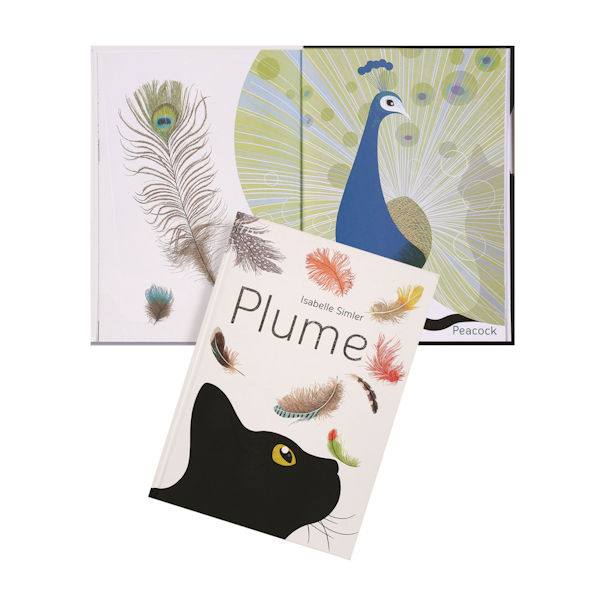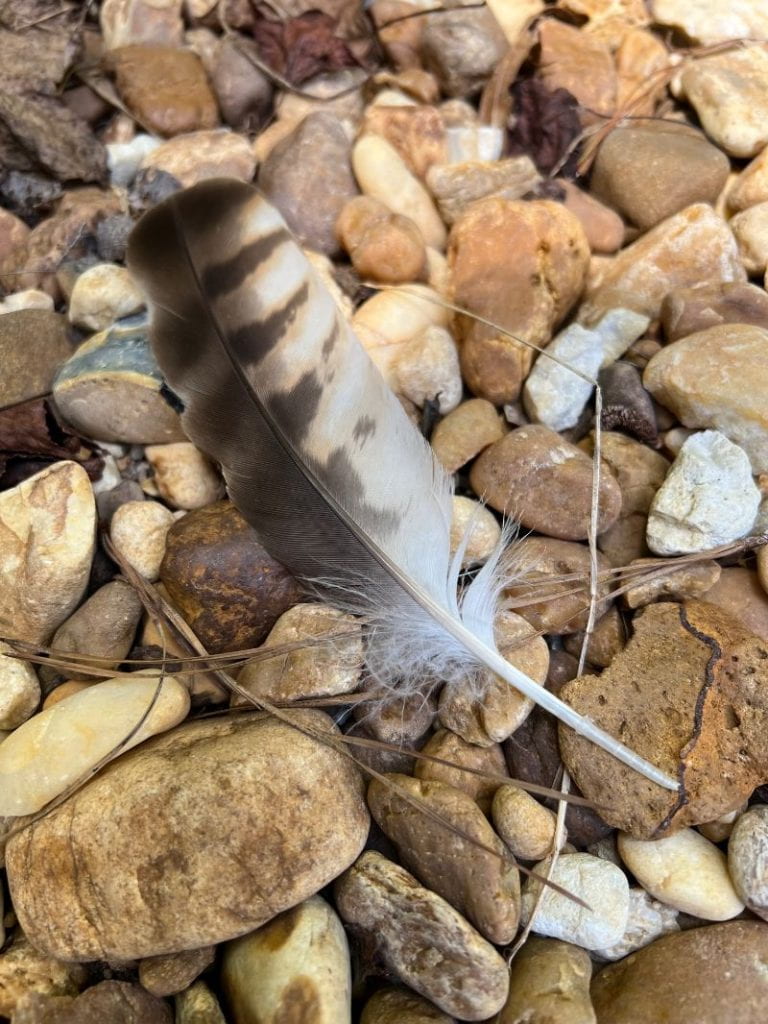Feathers
Feathers are science treasures that catch my eye as I hike near the woodlands or stroll through my backyard. However, did you know that it is illegal (with a few exceptions) to collect feathers? Therefore, I capture their beauty in photos and leave them where I find them. Go here to read the law.
We think and communicate in words, so learning vocabulary is a critical component of any lesson when you teach young scientists. Use this opportunity to call attention to labels on a diagram. Note the downy feathers which keep the bird warm near the bottom of this contour feather. I purchased feathers for classroom use from Nasco.
For a previous post about how ducks waterproof their feathers, go here.

For a simple cutting activity that introduces symmetry, ask children to fold a piece of paper and draw half a feather from the top of the crease to the bottom. For my youngest scientists, I placed dots to indicate where to start and stop on the fold. After opening their feathers, students cut snips (barbs) along the feather edges.

Go here to view full screen.
Because of the shape of their feathers, owls have silent flight. To learn more, go here.
Use these books during your study of feathers.

Look for similes as you read this story about the remarkable uses of feathers. Sidebars provide additional information.


Watch this humorous story full screen here. Young scientists will want to read along.
A fun story with a timeless lesson! Go here to view full screen. After reading, design and create fanciful crests to wear.





